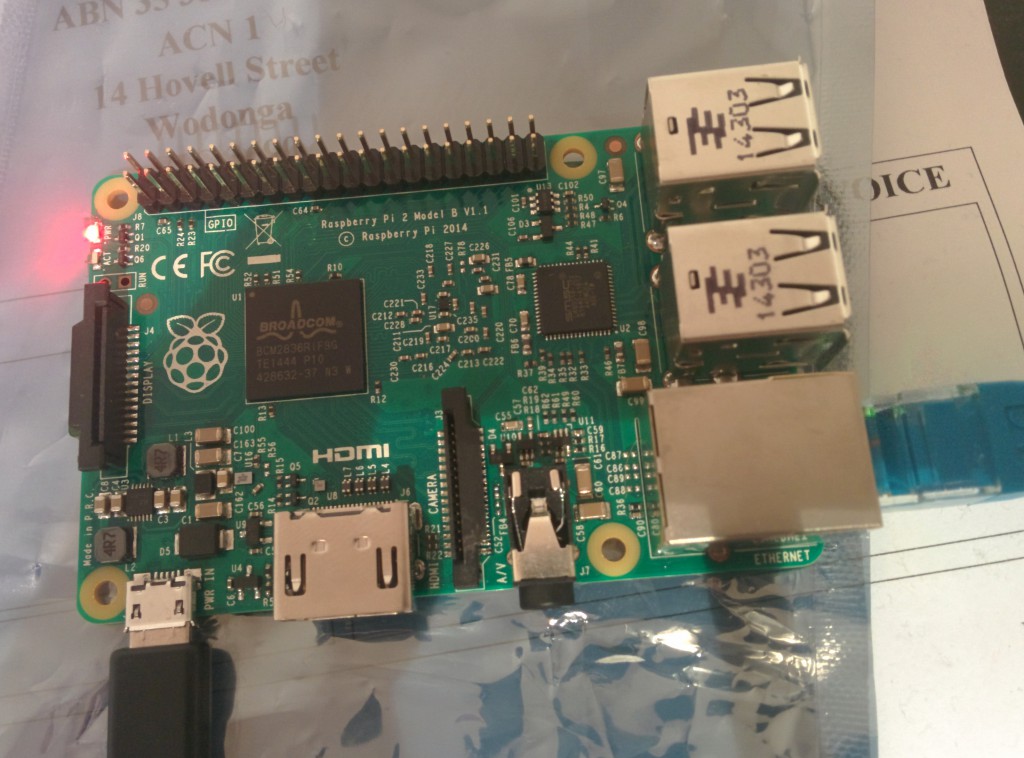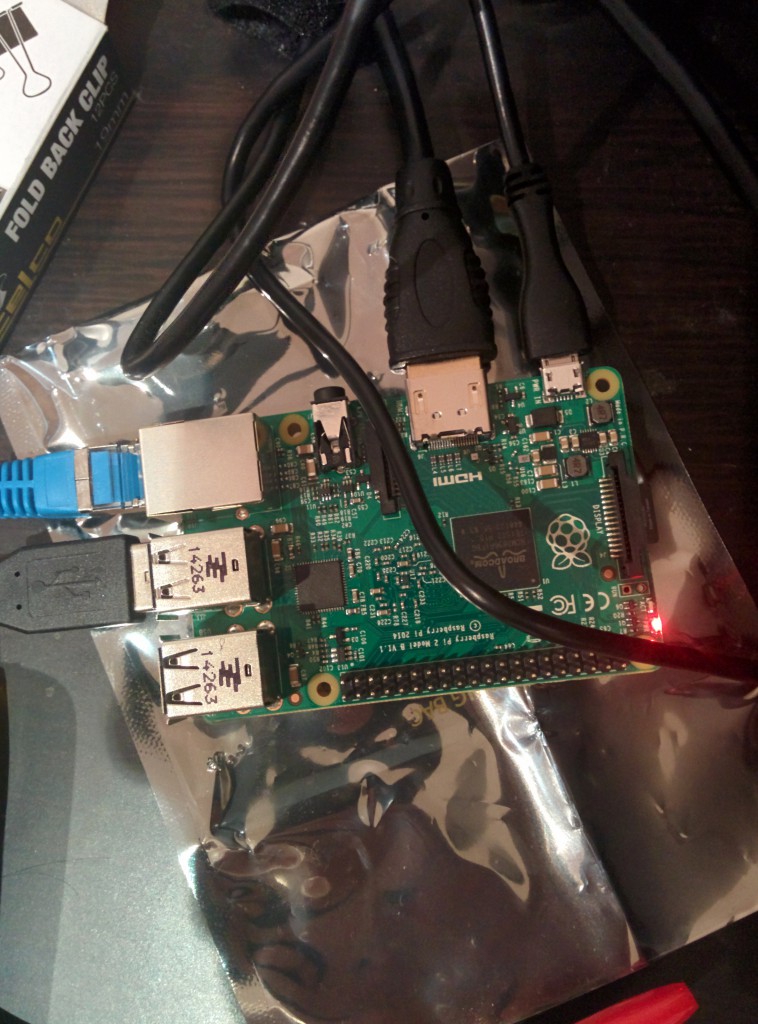Yesterday I setup my Raspberry Pi with Apache2 in the same manner I would for any Linux web server. My first impression was that it was slow to load my WordPress homepage. Installing APC as per The Perfect APC Configuration – Greg Rickaby improved load times but I was still seeking fast page load times.
After reading posts like The Raspberry Pi Web Server Speed Test – Raspberry Pi Blog and Raspberry Pi web server – Comparing the performance of Nginx and Apache web servers I decided to install Nginx (pronounced engine-x). Being new to Nginx I used this Tutorial – Install Nginx and PHP on Raspbian – RaspiPress guide to do this inital configuration. I also used this guide to tweak Nginx for WordPress WordPress NGINX Rewrite Rules. First impressions of Nginx is that its fast and used far less memory.
Don’t forget to configure APC after installing Nginx as PHP caching does work to improve page load times.
Load testing and benchmarking is always a must when changing configurations on web servers. Look at apache – ab load testing – Stack Overflow and Load Testing and Benchmarking With Siege.

